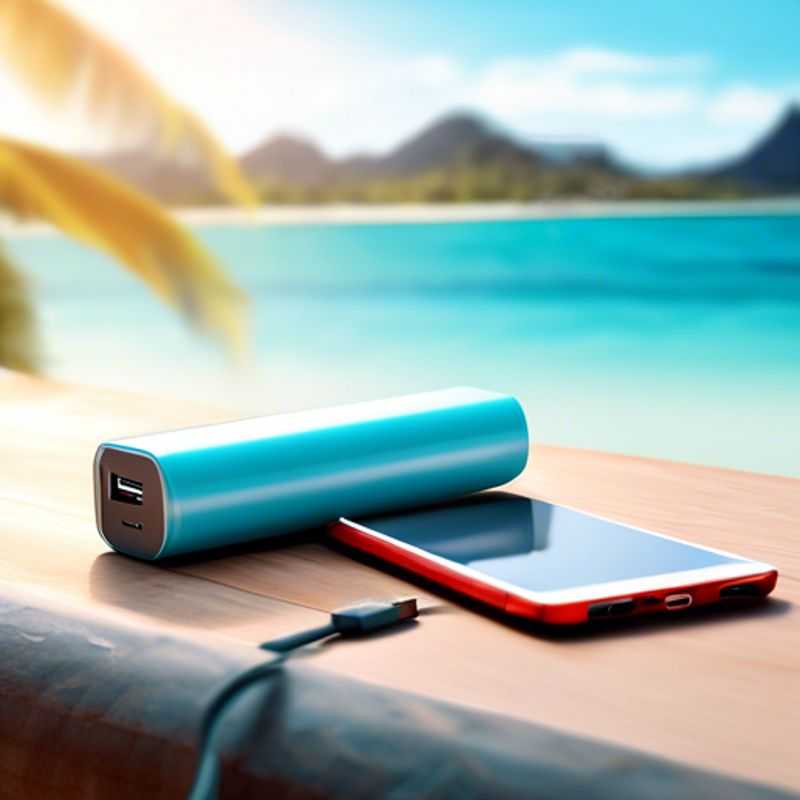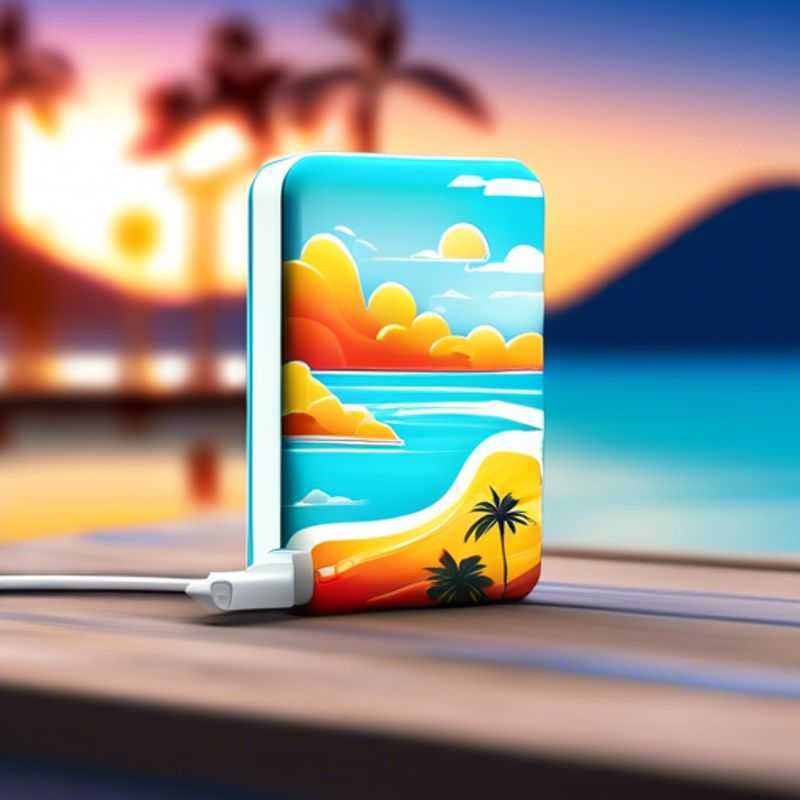3 Essential Things to Know Before Buying a Power Bank: Your Guide to Portable Charging

Power Bank Power Play: 3 Must-Knows Before You Buy
Alright, friends, let's talk power banks! These little lifesavers are essential for anyone who's ever been caught with a dying phone in the middle of an exciting adventure. But before you dive into the world of portable power, there are a few things you need to know.
First off, **check the battery capacity and charging speed**. You want a power bank that can juice up your devices enough times to last through your journey. Think about how long you'll be out and about, and how many devices you need to charge. A higher capacity means more charges, but it also means a heavier power bank.
Before purchasing Power Bank
- Check the battery capacity and charging speed of the power bank. Look for a power bank with a high mAh (milliamp-hour) rating, which indicates the total amount of power it can store. Additionally, consider the charging speed, measured in watts (W) or amps (A), to ensure your devices charge quickly.
- Ensure the power bank is compatible with your devices' charging port. Most modern power banks use USB-C or Micro-USB ports, so make sure your devices are compatible. Some power banks even have multiple ports to charge multiple devices simultaneously.
- Research reviews and ratings to find a reliable and high-quality power bank. Read online reviews from trusted sources to understand the power bank's performance, durability, and customer satisfaction. Look for well-known brands that offer warranties and reliable customer support.

Power Up Your Life: How to Choose the Right Power Bank Capacity and Charging Speed
Alright, folks, let's talk power banks. You know, those little lifesavers that keep your phone buzzing when you're miles from a wall socket. But before you jump into buying one, there are two key things you need to know: battery capacity and charging speed.
Think of battery capacity as the power bank's fuel tank. It's measured in mAh (milliampere-hours). The higher the mAh, the more juice your power bank has to give. For a quick jaunt, a 10,000 mAh power bank is a good starting point. But for longer trips or frequent phone users, you might want to go with a 20,000 mAh or even larger power bank.
Charging speed is another crucial factor. It's measured in watts (W). A higher wattage means faster charging. Look for a power bank with at least 18W output for faster charging. It's also worth checking the charging speed of the power bank itself. A fast-charging power bank will save you time when you need to refill its tank.
Keep in mind, that while a higher battery capacity is good, it also means a bigger and heavier power bank. So choose a capacity that fits your needs and your backpack!

Power Up: Making Sure Your Power Bank Plays Nice with Your Devices
Alright, folks, listen up! We're talking power banks here, and let me tell you, compatibility is key. You don't want to be stuck with a power bank that doesn't play nice with your devices, do you? Imagine: you're on a trek through some remote jungle, and your phone's battery is about to die, but your power bank just sits there, useless! It's a disaster waiting to happen.
So, how do you ensure compatibility? It's simple: look at the charging port on your device and the charging port on the power bank. Do they match? Most likely you'll be dealing with either micro-USB or USB-C. Micro-USB is the older standard, while USB-C is newer and generally considered superior due to its faster charging speeds and reversible design. If your device and power bank have the same type of charging port, you're good to go!
Now, here's a tip: sometimes, power banks come with different cables. Check if the power bank includes a cable compatible with your device's port. If not, you might need to buy one separately. And hey, if you're feeling fancy, you could consider getting a power bank with multiple ports, so you can charge multiple devices at once. You can't go wrong with that!

Power Up Your Shopping: How to Find the Perfect Power Bank (and Avoid a Battery Bust!)
Alright, adventurers of the digital age, let's talk power banks. You've got your trusty device, but the battery's about to kick the bucket. Fear not, for a power bank is your trusty sidekick! But how do you choose the right one? We're going on a journey through the land of reviews and ratings to find your perfect match.
First, think about your needs. How much juice do you need? mAh (milliampere-hour) is your key metric. More mAh means longer charge time. For a quick top-up, a smaller power bank will do. But for extended trips or heavy use, you'll want a higher capacity.
Now, let's delve into the reviews. Online platforms like Amazon, Best Buy, and CNET are your treasure troves. Look for reviews with detailed descriptions, focusing on real-world usage scenarios, like how long they lasted on a single charge or how fast they charged your devices.
Don't just focus on the five-star reviews; those glowing reviews might not tell the whole story. Seek out those with three or four stars, as they often offer a more balanced perspective. These reviews, while not always the most exciting, can highlight potential drawbacks or areas for improvement.
Look for reviews from reputable sources. You want to find power banks that are backed by reputable brands or have a consistent track record of positive reviews. Also, check for certifications like UL, CE, or FCC, which ensure safety standards.
Lastly, read between the lines. Does the reviewer seem genuine and trustworthy? Do they offer specific details about the power bank's performance? A good review should be clear, helpful, and provide valuable insights into the product's real-world usage.
Remember, finding the right power bank is like finding the perfect travel companion. With a little research, you'll be able to choose a power bank that will keep your devices going, no matter where your adventures take you.
